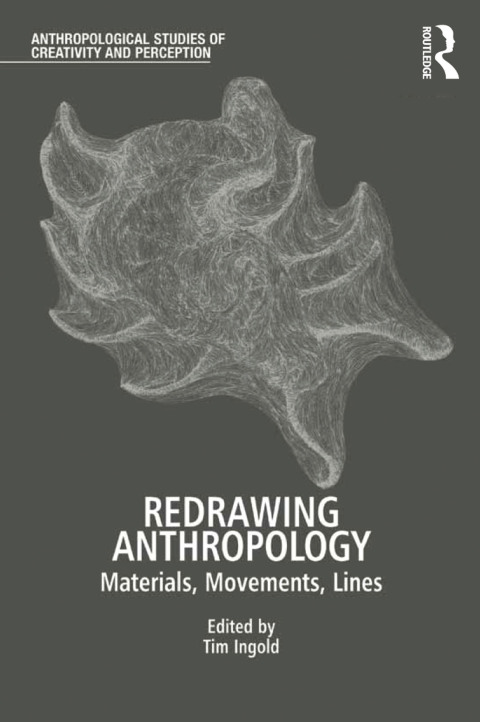Description
Efnisyfirlit
- Cover Page
- Half Title page
- Series page
- Title Page
- Copyright Page
- Contents
- List of Figures
- Notes on Contributors
- Preface and Acknowledgements
- Chapter 1 Introduction
- Prologue
- Follow the Materials
- Learn the Movements
- Draw the Lines
- Epilogue
- References
- Chapter 2 Materials in Making
- How Does Form Relate to Substance? Does the Idea Come First in Making?
- A Note on Vision
- The Material and the Object
- Conclusion
- Acknowledgements
- References
- Chapter 3 Practice Drawing Writing Object
- Introduction
- Excavation and the Trowel
- Plan and Section
- Drawing Filling
- Lines and Time
- Archivisation and Redrawing
- Acknowledgements
- References
- Chapter 4 Networks of Objects, Meshworks of Things
- Introduction
- Chaîne Opératoire: Descriptive or Prescriptive?
- Archaeological Case Studies
- Pottery Chaînes Opératoires
- Conclusions
- Acknowledgements
- References
- Chapter 5 Thinking through Movement: Practising Martial Arts and Writing Ethnography
- Introduction
- From Skill to Ethnography
- Spaces of Tactile Vision
- The Body as Note-taker and as Field-note
- Between Choreography and Performance
- References
- Chapter 6 Learning the ‘Banana-Tree’: Self Modification through Movement
- Introduction
- Using the Head
- Discovering the Bananeira
- Bodily conditioning
- Shaping reflexes
- Expanding capacity
- The Arduousness of ‘Modern Life’
- Conclusion: Learning the Movement
- Acknowledgements
- References
- Chapter 7 Performing Precision and the Limits of Observation
- Part I: Performing Precision
- Preliminaries
- Precision in performance
- Seeking sensationally
- Inside/outside dimensions
- Choreographic procedures
- Precision of meaning
- Concepts of Personhood
- Part II: Precision of Interpretation
- Earthboy and spatial orientation
- Part III: Walking as Action Sign
- Concluding Remarks
- References
- Chapter 8 The Imaginative Consciousness of Movement: Linear Quality, Kinaesthesia, Language and Life
- Linear Quality
- Kinaesthesia
- Language
- Life
- References
- Chapter 9 Beyond A to B
- I
- II
- III
- Acknowledgements
- References
- Chapter 10 Drawing with Our Feet (and Trampling the Maps): Walking with Video as a Graphic Anthropology
- The Problem of ‘Visual’ versus ‘Written’ Anthropology
- Walking, Drawing and Inscription
- Principles for Understanding Walking with Video
- Walking with video involves making lines
- Walking with video as playing forward – not playing back
- Making lines and moving forward as description
- Walking in the Garden
- The ‘natural line’
- Redrawing the path
- Drawing with his feet
- Walking, Drawing, Writing and Uncertainty in Anthropological Knowing
- Acknowledgements
- References
- Chapter 11 ‘Both Created and Discovered’: The Case for Reverie and Play in a Redrawn Anthropology
- Introduction
- Heightened Awareness and Jean Rouch’s Ciné-transe
- Winnicott’s ‘Transitional Object’
- Reverie and Play in Marion Milner’s Painting and Drawing
- Foregrounding Play in the Pol Project
- Conclusion
- Acknowledgements
- References
- Chapter 12 Expanded Visions: Rethinking Anthropological Research and Representation through Experimental Film
- Introduction
- Experimental Film: The Fundamental Questions
- Experienced Time and Optical Effects
- The Single Camera and the Multiple Observer6
- Experimental Film and Anthropology: Critical Challenges and Differences
- Conclusion
- Acknowledgements
- References
- Index






Reviews
There are no reviews yet.